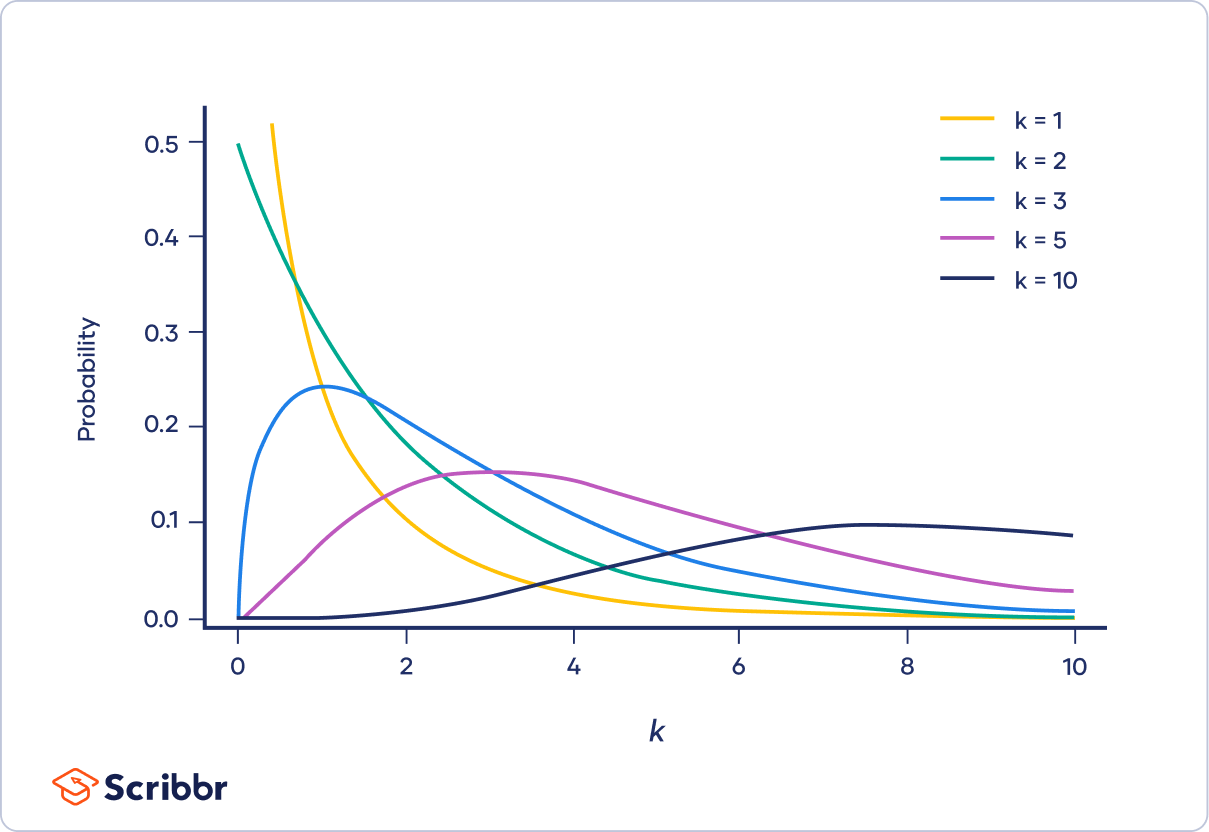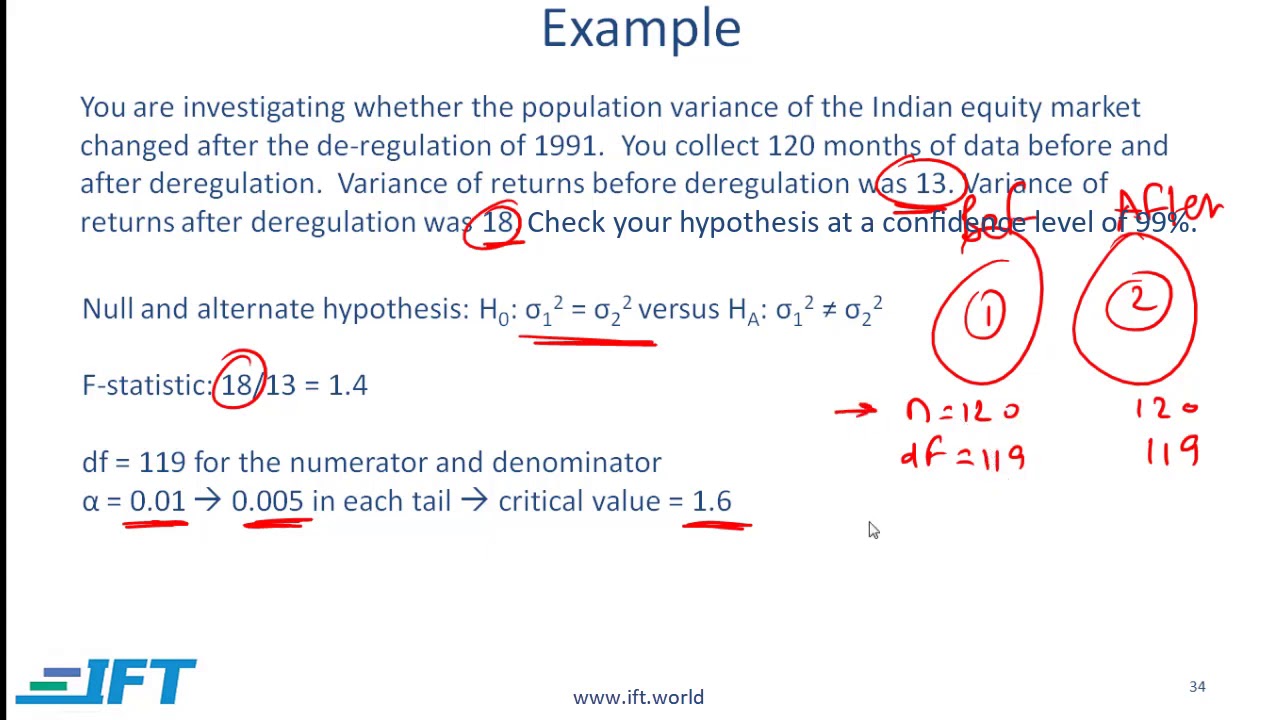Topic derivative of sin x squared: Discover the comprehensive guide to understanding the derivative of sin x squared. This article explores various methods of differentiation, practical examples, and graphical interpretations, ensuring you grasp this essential calculus concept with ease and confidence. Dive into the fascinating world of trigonometric derivatives and enhance your mathematical skills.
Table of Content
- Derivative of sin2(x)
- Introduction to the Derivative of sin^2(x)
- Understanding the Chain Rule
- Step-by-Step Derivation Process
- Formula and Simplification
- Graphical Interpretation
- Examples and Applications
- Common Mistakes and Tips
- Conclusion
- YOUTUBE: Xem video để hiểu rõ hơn về đạo hàm của sin(x^2), sin^2(x), và sin(2x) với quy tắc chuỗi trong Giải tích 1.
Derivative of sin2(x)
The derivative of the function \( \sin^2(x) \) can be found using various methods including the chain rule, product rule, and first principles. Below, we detail these methods along with some examples and graphical interpretations.
Using the Chain Rule
The chain rule states that if \( y = f(u) \) and \( u = g(x) \), then the derivative of \( y \) with respect to \( x \) is given by:
\[
\frac{dy}{dx} = \frac{dy}{du} \times \frac{du}{dx}
\]
For \( y = \sin^2(x) \), let \( u = \sin(x) \). Then:
\[
y = u^2, \quad \frac{dy}{du} = 2u, \quad \frac{du}{dx} = \cos(x)
\]
Thus, the derivative is:
\[
\frac{dy}{dx} = 2\sin(x) \cos(x) = \sin(2x)
\]
Using the Product Rule
The product rule states that for two functions \( u(x) \) and \( v(x) \), the derivative of their product is:
\[
\frac{d}{dx} [u(x)v(x)] = u(x) \frac{dv}{dx} + v(x) \frac{du}{dx}
\]
For \( \sin^2(x) \), let \( u = \sin(x) \) and \( v = \sin(x) \). Then:
\[
\frac{d}{dx} [\sin(x) \sin(x)] = \sin(x) \cos(x) + \cos(x) \sin(x) = 2 \sin(x) \cos(x) = \sin(2x)
\]
Using First Principles
The derivative of a function using first principles is given by:
\[
\frac{d}{dx} [f(x)] = \lim_{h \to 0} \frac{f(x+h) - f(x)}{h}
\]
For \( f(x) = \sin^2(x) \), we have:
\[
\frac{d}{dx} [\sin^2(x)] = \lim_{h \to 0} \frac{\sin^2(x+h) - \sin^2(x)}{h}
\]
Using trigonometric identities and limits, this simplifies to \( \sin(2x) \).
Graphical Representation
When plotting the function \( \sin^2(x) \) and its derivative \( \sin(2x) \), we observe:
- The graph of \( \sin^2(x) \) oscillates between 0 and 1.
- The graph of its derivative \( \sin(2x) \) oscillates between -1 and 1, with a period half that of \( \sin^2(x) \).
Examples
Example 1
Find the derivative of \( \sin^2(6x) \).
\[
\frac{d}{dx} [\sin^2(6x)] = 2\sin(6x) \cos(6x) \cdot 6 = 6 \sin(12x)
\]
Example 2
Find the derivative of \( \sin^2(3x^2 - 5) \).
\[
\frac{d}{dx} [\sin^2(3x^2 - 5)] = 2\sin(3x^2 - 5) \cos(3x^2 - 5) \cdot 6x = 6x \sin(6x^2 - 10)
\]

READ MORE:
Introduction to the Derivative of sin^2(x)
The derivative of sin^2(x) is a fundamental concept in calculus, particularly useful in various fields such as engineering and physics. This derivative can be found using differentiation rules like the chain rule and the product rule. Understanding the derivative of sin^2(x) helps in solving complex trigonometric differentiation problems and analyzing the behavior of trigonometric functions.
Let's explore the detailed steps and methods to find the derivative of sin^2(x):
- Using the Chain Rule
- Using the Product Rule
Using the Chain Rule
The chain rule is a method to differentiate composite functions. For the function sin^2(x), we can consider it as (sin(x))^2, where sin(x) is the inner function and (sin(x))^2 is the outer function.
- Let u = sin(x). Then, the function becomes u^2.
- Differentiate the outer function u^2 with respect to u: d/du (u^2) = 2u.
- Differentiate the inner function sin(x) with respect to x: d/dx (sin(x)) = cos(x).
- Multiply the derivatives of the outer and inner functions: d/dx (sin^2(x)) = 2sin(x)cos(x).
Using the Product Rule
The product rule is used to differentiate the product of two functions. We can express sin^2(x) as sin(x) * sin(x) and apply the product rule.
- Let u = sin(x) and v = sin(x).
- The product rule states: d/dx (uv) = u(dv/dx) + v(du/dx).
- Differentiate each function: du/dx = cos(x) and dv/dx = cos(x).
- Apply the product rule: d/dx (sin(x) * sin(x)) = sin(x) * cos(x) + sin(x) * cos(x) = 2sin(x)cos(x).
Thus, the derivative of sin^2(x) is consistently found to be 2sin(x)cos(x) using both the chain rule and the product rule, illustrating the robustness of these differentiation techniques.
Understanding the Chain Rule
The chain rule is a fundamental concept in calculus used to differentiate composite functions. It states that if a function y = f(u) is composed of u = g(x), then the derivative of y with respect to x is the product of the derivative of y with respect to u and the derivative of u with respect to x.
- Identify the outer function and the inner function in the composite function.
- Differentiate the outer function with respect to the inner function.
- Differentiate the inner function with respect to x.
- Multiply the results from steps 2 and 3 to get the derivative of the composite function.
For example, let's find the derivative of \( \sin^2(x) \) using the chain rule. The composite function can be written as \( y = (\sin(x))^2 \).
- Let \( u = \sin(x) \). Then, \( y = u^2 \).
- Differentiate the outer function \( y = u^2 \) with respect to \( u \):
\( \frac{dy}{du} = 2u \). - Differentiate the inner function \( u = \sin(x) \) with respect to \( x \):
\( \frac{du}{dx} = \cos(x) \). - Apply the chain rule:
\( \frac{dy}{dx} = \frac{dy}{du} \cdot \frac{du}{dx} = 2u \cdot \cos(x) \).
Substituting \( u \) back in, we get:
\( \frac{dy}{dx} = 2 \sin(x) \cos(x) \). - Using the double angle identity \( \sin(2x) = 2 \sin(x) \cos(x) \), we can simplify this to:
\( \frac{dy}{dx} = \sin(2x) \).
Thus, the derivative of \( \sin^2(x) \) is \( \sin(2x) \), illustrating the effective use of the chain rule.
Step-by-Step Derivation Process
To find the derivative of \( \sin^2(x) \), we will use the chain rule. The function \( \sin^2(x) \) can be rewritten as \( (\sin(x))^2 \), which makes it easier to apply the chain rule.
- Identify the outer function and the inner function. Here, the outer function is \( u^2 \) and the inner function is \( \sin(x) \).
- Differentiate the outer function with respect to the inner function. If \( u = \sin(x) \), then the derivative of \( u^2 \) with respect to \( u \) is \( 2u \).
- Differentiate the inner function with respect to \( x \). The derivative of \( \sin(x) \) is \( \cos(x) \).
- Combine the results using the chain rule: \[ \frac{d}{dx}(\sin^2(x)) = 2\sin(x) \cdot \cos(x) \]
Thus, the derivative of \( \sin^2(x) \) is:
\[
\frac{d}{dx}(\sin^2(x)) = 2\sin(x)\cos(x)
\]
This result can also be written using a trigonometric identity:
\[
2\sin(x)\cos(x) = \sin(2x)
\]
So, the derivative of \( \sin^2(x) \) can be expressed as:
\[
\frac{d}{dx}(\sin^2(x)) = \sin(2x)
\]
Formula and Simplification
To find the derivative of \( \sin^2(x) \), we can use the chain rule. This rule is essential when dealing with the composition of functions. Here's a step-by-step process:
- Identify the outer and inner functions: Let \( u = \sin(x) \), so \( \sin^2(x) = (\sin(x))^2 = u^2 \).
- Differentiate the outer function \( u^2 \): \[ \frac{d}{du} (u^2) = 2u \]
- Differentiate the inner function \( \sin(x) \): \[ \frac{d}{dx} (\sin(x)) = \cos(x) \]
- Apply the chain rule by multiplying the derivatives of the outer and inner functions: \[ \frac{d}{dx} (\sin^2(x)) = \frac{d}{du} (u^2) \cdot \frac{d}{dx} (\sin(x)) = 2u \cdot \cos(x) \]
- Substitute \( u \) back in: \[ \frac{d}{dx} (\sin^2(x)) = 2\sin(x) \cdot \cos(x) \]
- Use the double-angle identity \( \sin(2x) = 2\sin(x)\cos(x) \) to simplify: \[ \frac{d}{dx} (\sin^2(x)) = \sin(2x) \]
Thus, the derivative of \( \sin^2(x) \) is:
\[ \frac{d}{dx} (\sin^2(x)) = \sin(2x) \]
This formula simplifies the process and is useful for solving calculus problems involving trigonometric functions.

Graphical Interpretation
The graphical interpretation of the derivative of a function provides valuable insight into the behavior of the function. For the function \( \sin^2(x) \), its derivative can be visualized as the slope of the tangent line at any point on the curve. This slope indicates how the function is changing at that specific point.
When examining the graph of \( \sin^2(x) \), it's helpful to note the following:
- The graph of \( \sin^2(x) \) oscillates between 0 and 1, as \( \sin(x) \) oscillates between -1 and 1.
- The peaks of the \( \sin^2(x) \) graph occur where \( \sin(x) \) reaches its maximum and minimum values (\(\pm1\)). At these points, the slope (derivative) is zero, indicating a horizontal tangent line.
- The points where \( \sin^2(x) \) crosses the x-axis (i.e., \( \sin(x) = 0 \)) correspond to points where the derivative reaches its maximum or minimum values.
Using the derivative \( 2\sin(x)\cos(x) \), which simplifies to \( \sin(2x) \), we can observe that:
- The derivative function \( \sin(2x) \) has a period of \( \pi \), half that of \( \sin^2(x) \), indicating more frequent oscillations.
- The zero crossings of \( \sin(2x) \) correspond to the peaks and troughs of \( \sin^2(x) \).
- The amplitude of \( \sin(2x) \) is 1, matching the maximum rate of change of \( \sin^2(x) \).
This graphical interpretation helps in understanding how the derivative relates to the original function, highlighting the rate of change and how it varies with the input value \( x \).
Examples and Applications
Understanding the derivative of \( \sin^2(x) \) can be quite useful in various mathematical contexts. Below, we explore some examples and practical applications to illustrate its importance and utility.
- Example 1: Find the derivative of \( f(x) = \sin^2(6x) \)
- Identify the inner function \( u = 6x \) and rewrite \( f(u) = \sin^2(u) \).
- Differentiate the outer function using the chain rule: \( \frac{d}{du}(\sin^2(u)) = 2\sin(u)\cos(u) = \sin(2u) \).
- Differentiate the inner function: \( \frac{d}{dx}(6x) = 6 \).
- Combine using the chain rule: \( \frac{dy}{dx} = 6\sin(2 \cdot 6x) = 6\sin(12x) \).
- Example 2: Derivative of \( F(x) = \sin^2(3x^2 - 5) \)
- Let \( u = 3x^2 - 5 \) and rewrite \( F(u) = \sin^2(u) \).
- Differentiate the outer function: \( \frac{d}{du}(\sin^2(u)) = \sin(2u) \).
- Differentiate the inner function: \( \frac{d}{dx}(3x^2 - 5) = 6x \).
- Apply the chain rule: \( \frac{dy}{dx} = \sin(2(3x^2 - 5)) \cdot 6x = 6x \sin(6x^2 - 10) \).
These examples demonstrate the application of the chain rule in finding the derivatives of composite trigonometric functions. Such techniques are not only fundamental in calculus but also find applications in physics, engineering, and other fields where wave functions and periodic phenomena are studied.
Additionally, understanding these derivatives helps in analyzing the behavior of trigonometric functions in various scenarios, such as determining maxima, minima, and inflection points, which are crucial in graphing and solving optimization problems.
Common Mistakes and Tips
When finding the derivative of \( \sin^2(x) \), there are some common mistakes that students often make. Below are some of these mistakes along with tips to avoid them:
- Mistake 1: Forgetting to Use the Chain Rule
One of the most common errors is not applying the chain rule correctly. Remember that \( \sin^2(x) \) is a composite function, which means you need to use the chain rule to differentiate it.
Tip: Rewrite \( \sin^2(x) \) as \( (\sin(x))^2 \) and then apply the chain rule:
\[
\frac{d}{dx} \sin^2(x) = 2 \sin(x) \cdot \cos(x)
\] - Mistake 2: Incorrect Differentiation of Inner Function
Another mistake is incorrectly differentiating the inner function \( \sin(x) \).
Tip: Ensure that you correctly differentiate \( \sin(x) \) to get \( \cos(x) \).
Using the chain rule correctly:
\[
\frac{d}{dx} (\sin(x))^2 = 2 \cdot \sin(x) \cdot \frac{d}{dx} \sin(x) = 2 \sin(x) \cdot \cos(x)
\] - Mistake 3: Simplification Errors
Simplification errors often occur when combining the derivative of the outer and inner functions.
Tip: Carefully combine the results from each step of the differentiation process. Write out each step explicitly to avoid mistakes.
- Mistake 4: Misinterpreting the Notation
Misunderstanding the notation \( \sin^2(x) \) as \( \sin(x^2) \) can lead to incorrect differentiation.
Tip: Remember that \( \sin^2(x) \) means \( (\sin(x))^2 \) and not \( \sin(x^2) \).
By keeping these tips in mind and practicing the correct differentiation techniques, you can avoid common mistakes and accurately find the derivative of \( \sin^2(x) \).
Conclusion
Understanding the derivative of \( \sin^2(x) \) is an important exercise in applying the chain rule and recognizing composite functions. Here’s a summary of the key points discussed:
- Composite Function and Chain Rule:
The function \( \sin^2(x) \) is a composite function, which requires the use of the chain rule for differentiation. Recognizing this allows us to handle more complex functions by breaking them down into simpler parts.
- Step-by-Step Differentiation:
We began by rewriting \( \sin^2(x) \) as \( (\sin(x))^2 \). Applying the chain rule, we differentiated the outer function \( u^2 \) where \( u = \sin(x) \), and then the inner function \( \sin(x) \):
\[
\frac{d}{dx} \sin^2(x) = 2 \sin(x) \cdot \cos(x)
\] - Simplification and Final Formula:
The derivative of \( \sin^2(x) \) simplifies to \( 2 \sin(x) \cos(x) \). This result can also be expressed using the double-angle identity as \( \sin(2x) \), offering an alternative form.
- Applications and Examples:
We explored several examples to solidify our understanding, such as differentiating \( \sin^2(6x) \) and \( \sin^2(3x^2 - 5) \). Each example reinforced the application of the chain rule and careful simplification.
- Common Mistakes and Tips:
We highlighted common pitfalls like misapplying the chain rule, incorrect inner function differentiation, and notation errors. Awareness of these mistakes helps prevent them in practice.
By mastering the derivative of \( \sin^2(x) \), you enhance your ability to tackle more complex differentiation problems, reinforcing fundamental calculus concepts and improving problem-solving skills.

Xem video để hiểu rõ hơn về đạo hàm của sin(x^2), sin^2(x), và sin(2x) với quy tắc chuỗi trong Giải tích 1.
Đạo hàm của sin(x^2), sin^2(x), và sin(2x) với Quy tắc Chuỗi | Bài tập Giải tích 1
READ MORE:
Khám phá cách tính đạo hàm của sin x bình phương - Đạo hàm của y = sin x² trong video này. Hiểu rõ quy tắc chuỗi và các bước tính toán chi tiết.
Đạo hàm của sin x bình phương - Đạo hàm của y = sin x²





:max_bytes(150000):strip_icc()/Chi-SquareStatistic_Final_4199464-7eebcd71a4bf4d9ca1a88d278845e674.jpg)



